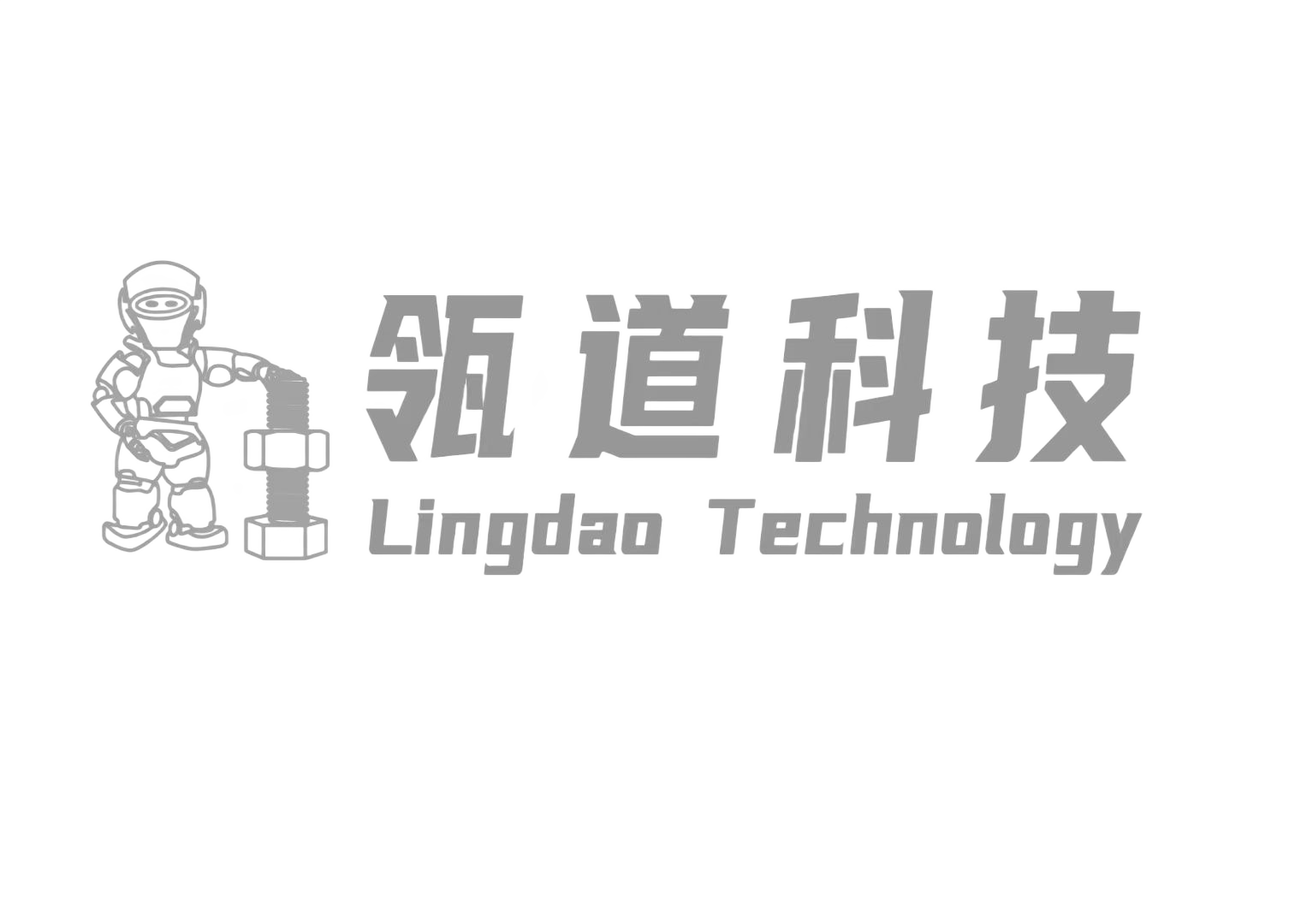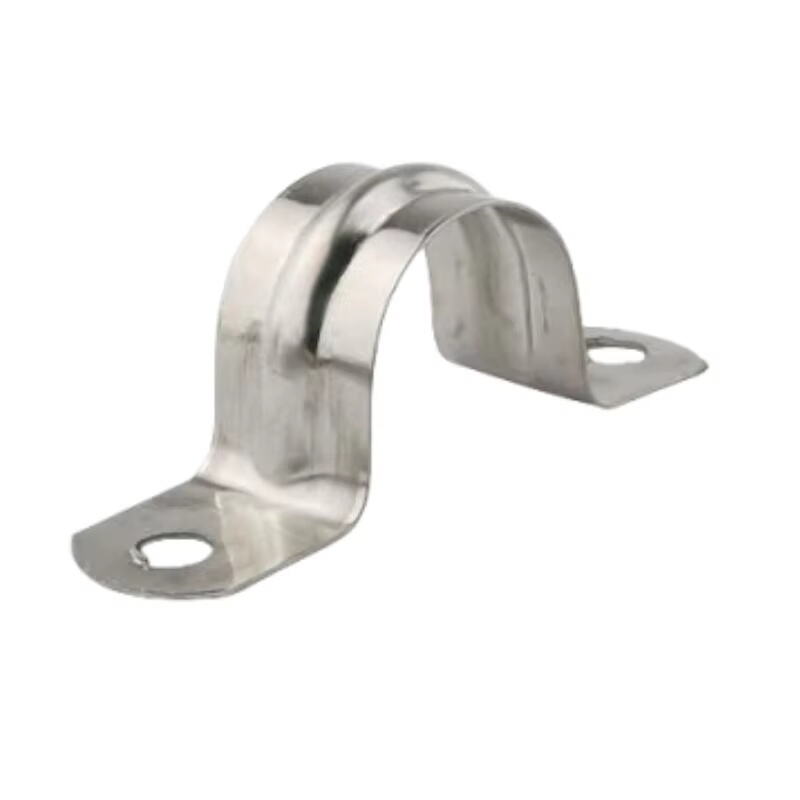g clamp price
The g clamp price represents a crucial consideration for both professional craftsmen and DIY enthusiasts seeking reliable clamping solutions. These versatile tools, available across various price points, typically range from $5 to $100 depending on size, material quality, and clamping capacity. Entry-level g clamps, often priced between $5-$15, are suitable for light woodworking and basic household tasks. Mid-range options, priced from $15-$40, offer enhanced durability with features like hardened steel construction and ergonomic handles. Premium g clamps, ranging from $40-$100, provide professional-grade quality with precision threading, rust-resistant coatings, and superior clamping force. The price variation reflects differences in throat depth, jaw opening capacity, and overall build quality. Modern g clamps often incorporate features like quick-release mechanisms, swivel heads, and protective jaw pads, which can influence their cost. The market offers both traditional cast iron models and newer alternatives in aluminum or composite materials, each with distinct price points reflecting their specific advantages and applications.











